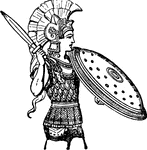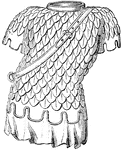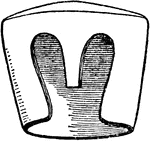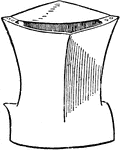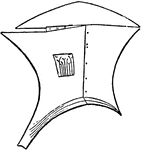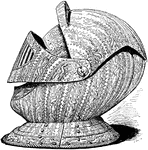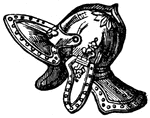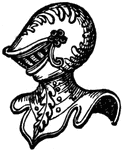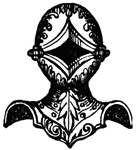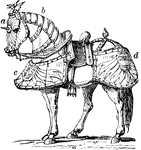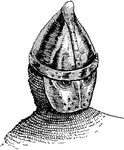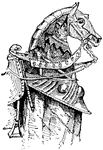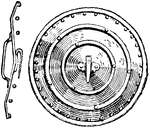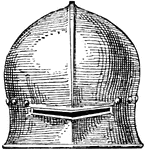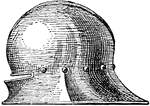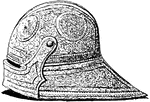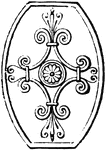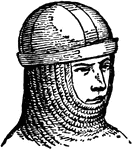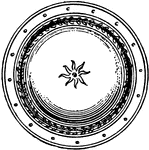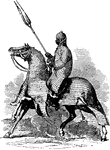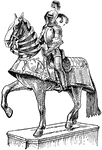The Armor ClipArt gallery offers 123 illustrations of armor commonly used in battle including full suits of plate, chain, and mail armors, as well as pieces of armor, such as shields and helmets, and armor for horses.

Genouillère
"Genouillère, middle of 13th century. The knee-piece, of hammered iron, introduced toward the…
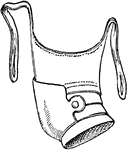
Genouillère
"Genouillère, middle of 13th century. An articulated piece forming a part of the jambe or of…

Glove-Shield
"Glove-shield, 15th century. A contrivance adopted in the sixteenth century for arming the left hand…

Glove-Shield
"Glove-shield, 15th century. A contrivance adopted in the sixteenth century for arming the left hand…
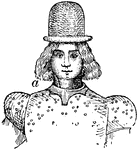
Gorget
"1, Hausse-col (a) attached to the brigandline, 15th century. GORGET. A piece of armor protecting the…
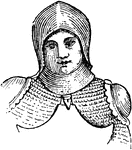
Gorget
"2, Hausse-col (a) worn over mail, early 15th century. GORGET. A piece of armor protecting the throat…

Gothic Armor
"Gothic Style of Armor. Monument of Count Otto IV of Henneberg." — The Encyclopedia Britannica,…
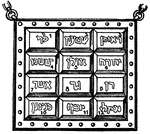
Hebrew Breastplate
This illustration shows the gems worn on the breast plate of the high priest of the Hebrews. Each of…
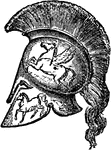
Helmet
The oldest use of helmets was by Ancient Greek soldiers, who wore thick leather or bronze helmets to…

Medieval Helmet with Fan Crest
"Fan-crest, about 1350. A form of crest common in the middle ages at different periods, as in the reign…

Iron Skullcaps from the 16th Century
Two skullcaps used for defense of the head in the 16th century. The caps fit closely to the head. The…
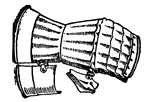
Mitten (Armor)
The 'mitten' superseded the gauntlet of the 14th century. Rather than having separate, unjointed fingers,…
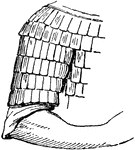
Scale Armor
Small plates are sewn onto cloth, overlapping. "Scale-armor of the Early Middle Ages." -Whitney, 1911
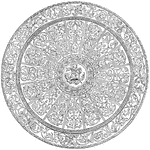
Shield
This shield is made out of iron. It is cut in fanciful technique and inlaid with gold and silver.

Kite Shield
A Norman kite shield of the 10th or 11th century, considered the beginning of the High Middle Ages.
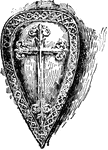
Medieval Shield
A shield of mounted men-at-arms from the first half of the 13th century, considered the High Middle…
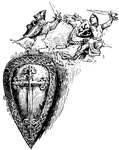
Medieval Shields from the 13th and 14th Centuries
Illustration including one large shield from the first half of the 13th century, bearing a decorative…
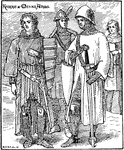
Fourteenth Century Knight and Men at Arms
An illustration of a knight and three men at arms wearing iron armors during the fourteenth century.

Steel Armet
"Steel Armet, about A.D. 1450. A, calotte or cap; a, neck-guard riveted to A, and having a prolongation…

